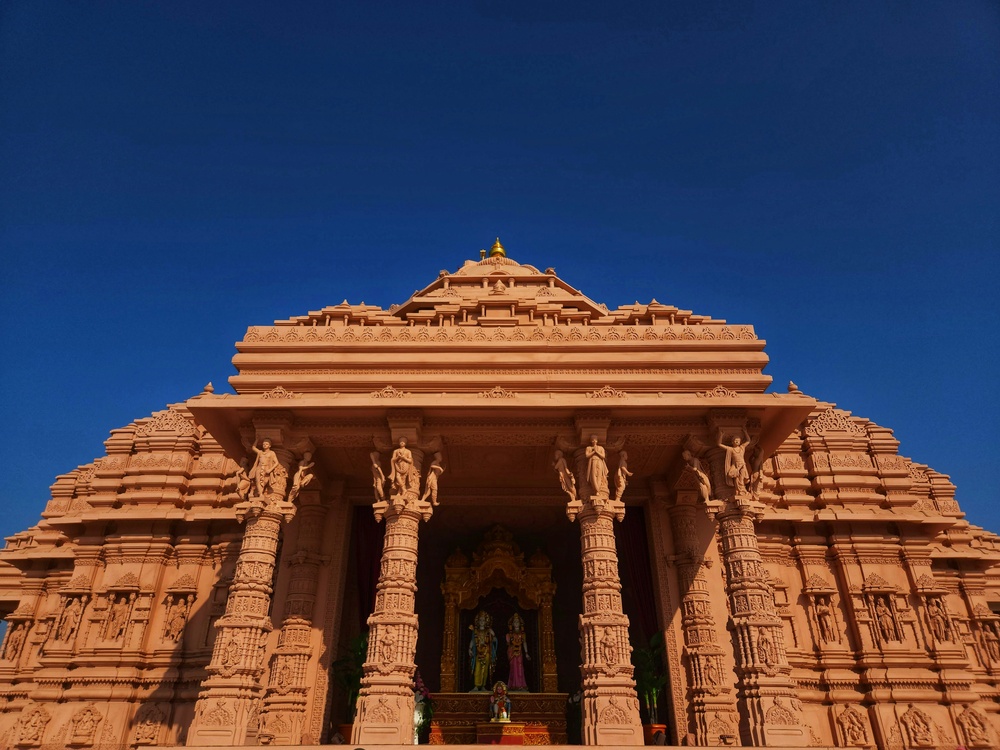Ayodhya, known as the birthplace of Lord Rama, is one of India’s most revered pilgrimage destinations. Rich in history, mythology, and spirituality, this ancient city attracts devotees, history enthusiasts, and tourists alike. If you are planning a trip to Ayodhya, knowing the best time to visit Ayodhya can help you make the most of your experience by avoiding extreme weather and enjoying vibrant local festivals.
Why Visit Ayodhya?
Ayodhya is not just a city; it is a spiritual epicenter for Hindus. The city’s temples, ghats, and sacred sites narrate tales from the epic Ramayana, making it a magnet for pilgrims. The city is also undergoing significant development, with the construction of the grand Ram Temple, which is expected to become a major tourist attraction.
The peaceful atmosphere, religious fervor, and cultural richness make Ayodhya a must-visit destination for travelers interested in India’s spiritual heritage.
Climate Overview of Ayodhya
Ayodhya experiences a humid subtropical climate, characterized by hot summers, a monsoon season, and cool winters. Understanding the climate helps in choosing the best time to visit Ayodhya to ensure a comfortable and enjoyable trip.
Summer (March to June)
Summers in Ayodhya can be quite hot, with temperatures soaring up to 40°C (104°F) in peak months like May and June. The heat can be intense and humid, making sightseeing and outdoor activities less comfortable. If you plan to visit during summer, it is advisable to carry light cotton clothes, stay hydrated, and schedule outdoor visits early in the morning or late evening.
While summer is not the most popular season for tourists, some may prefer fewer crowds during this time.
Monsoon (July to September)
The monsoon season brings moderate to heavy rainfall in Ayodhya. The rains cool down the temperature but may also disrupt travel plans due to occasional flooding or muddy roads. The lush greenery that blankets the city during monsoon adds to its charm, but outdoor sightseeing can be limited.
Tourists planning to explore Ayodhya during the monsoon should be prepared for wet weather and possible travel delays.
Winter (October to February)
Winter is undoubtedly the best time to visit Ayodhya. The weather during this period is cool and pleasant, with temperatures ranging from 8°C to 25°C (46°F to 77°F). This comfortable climate is perfect for sightseeing, temple visits, and participating in outdoor festivities.
Winter months also coincide with many religious festivals, making the spiritual atmosphere even more vibrant. This is when the city sees the highest influx of pilgrims and tourists.
Festivals and Events: Enhancing Your Visit
Choosing the best time to visit Ayodhya also means planning around the city’s religious and cultural calendar. Ayodhya is alive with festivals that offer deep insights into its spiritual traditions.
Ram Navami
Ram Navami, the birthday of Lord Rama, is the most important festival celebrated in Ayodhya. It usually falls in March or April (Chaitra month of the Hindu calendar). The city is beautifully decorated, and grand processions take place, drawing thousands of devotees.
Visiting Ayodhya during Ram Navami is a unique experience filled with devotion, rituals, and cultural programs.
Diwali
Diwali, the festival of lights, is celebrated with great enthusiasm in Ayodhya, believed to be the day when Lord Rama returned to the city after 14 years of exile. The entire city is illuminated with lamps, and fireworks light up the night sky.
The festival usually occurs in October or November and is a magical time to visit, especially if you enjoy vibrant celebrations.
Other Festivals
Besides Ram Navami and Diwali, festivals like Holi, Dussehra, and Kartik Purnima are also significant in Ayodhya. These events add to the cultural tapestry and offer travelers a chance to witness local traditions.
Tips for Visiting Ayodhya
- Book Accommodations Early: During peak seasons and festivals, accommodations fill up quickly. It’s advisable to book in advance.
- Local Transport: Auto-rickshaws, cycle rickshaws, and taxis are common modes of transport. Plan your travel accordingly.
- Respect Local Customs: Ayodhya is a sacred city, so dress modestly and respect local religious practices.
- Hydration and Health: Carry bottled water and any medications you may need, especially during summer.
Conclusion
Deciding the best time to visit Ayodhya depends largely on your weather preference and interest in local festivals. For most travelers, the winter months from October to February offer the perfect climate combined with a rich spiritual and cultural experience.
Whether you want to witness the grandeur of Ram Navami, soak in the lights of Diwali, or simply explore the historic temples in comfortable weather, planning your visit during this season will enhance your journey to the holy city.
Ayodhya welcomes every visitor with open arms and timeless stories—choose the right time, and your trip will be nothing short of magical.

